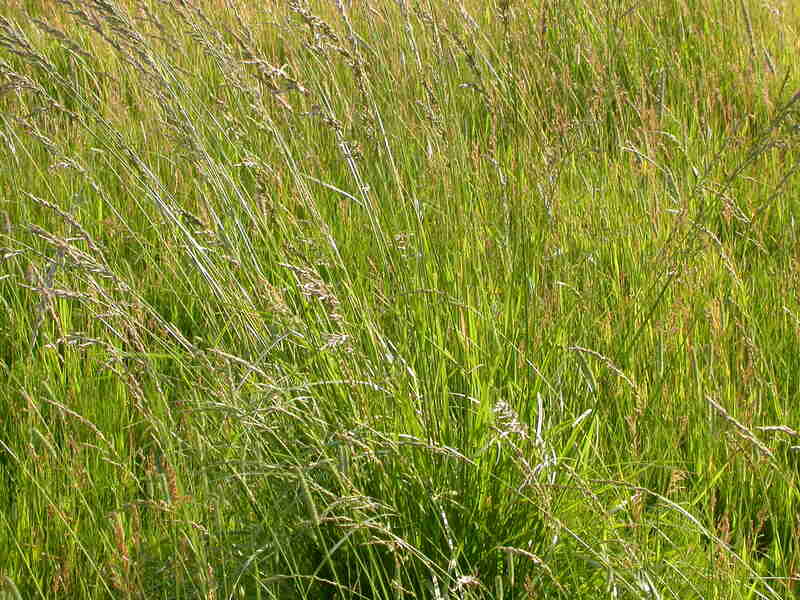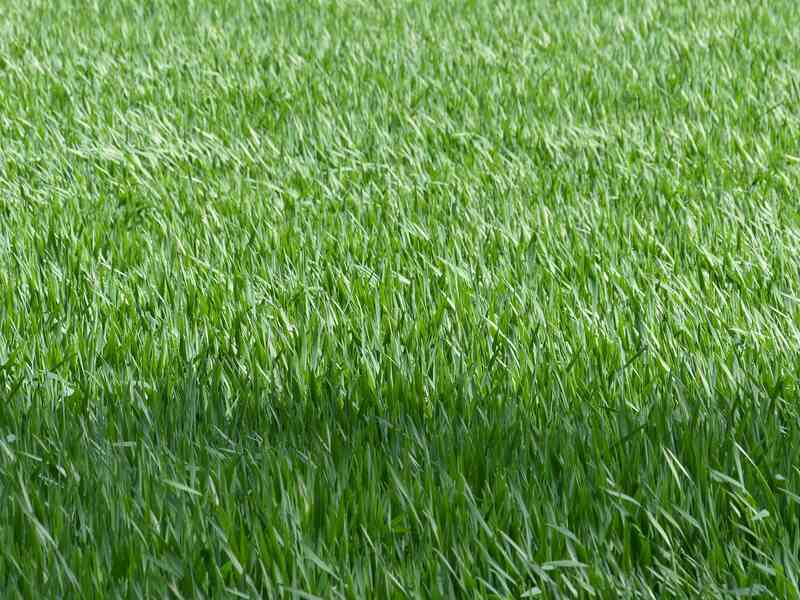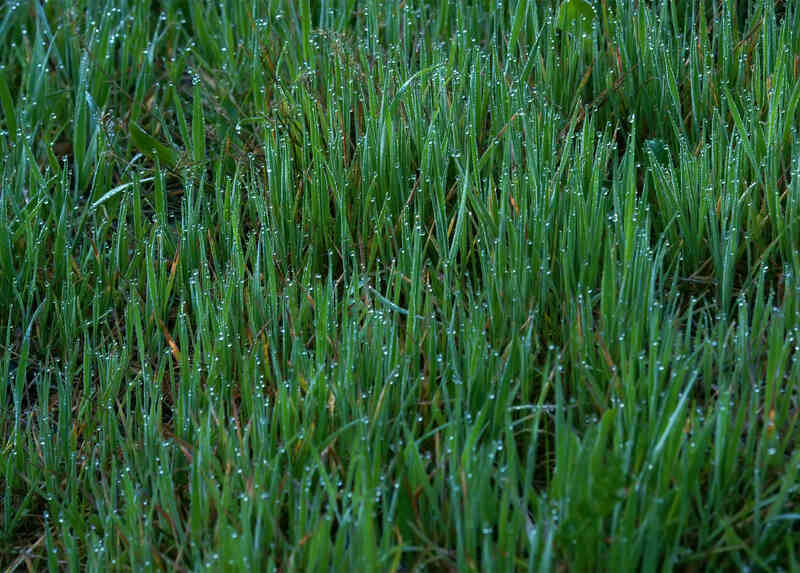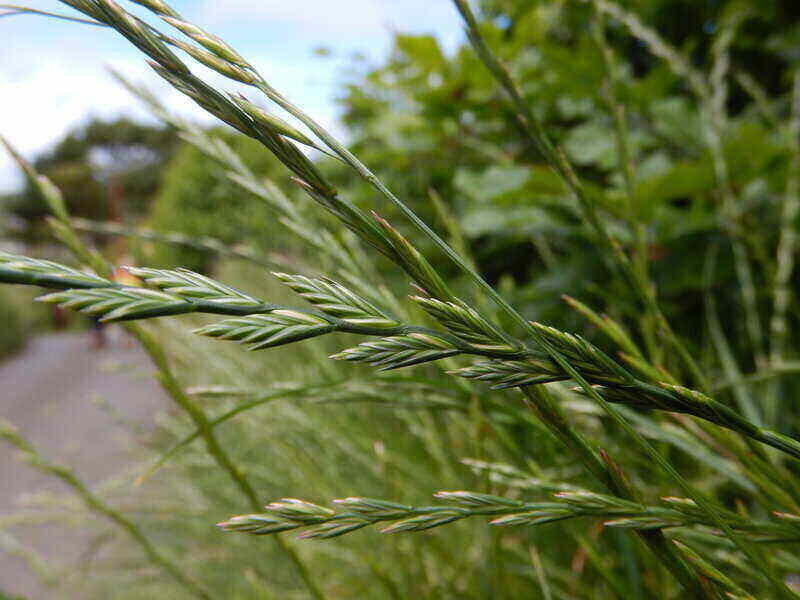Grass Types That Thrive in Washington DC
BY STUART KUSHNER | APRIL 24TH, 2023 | LAWN CARE, WASHINGTON DCLiving in the nation’s capital, you know that having a beautiful lawn isn’t a right but a choice. As such, it behooves you to get to know the candidates for your lawn turf so you can pick the grass that gives your yard the best chance at prospering long into the future.
Here are the leading candidates:
Tall Fescue

Photo Credit: Matt Lavin / Flickr / CC BY-SA 2.0
The grass of choice for the White House, tall fescue is an excellent grass choice for your DC lawn. Its extensive root system gives it a high drought tolerance, it resists disease, it doesn’t require much water, and it can handle heavy foot traffic.
Classification: Cool-season grass
Spreads by: Most are bunching-type grasses; some have rhizomes
Shade tolerance: Moderate
Drought tolerance: High
Foot traffic tolerance: High
Maintenance needs: 2-4 pounds of nitrogen per 1,000 square feet per year
Mowing Height: At least 2 inches in summer
Soil pH: Between 5.5 – 7.0
Fine Fescue

Photo Credit: Pxhere
If you have a shady lawn, fine fescue is a fine choice. However, it can adapt to full and partial sun conditions and is very persistent in dry conditions and somewhat poor soils.
Are you planning on having your kids and pets run wild in the yard? Pick another grass, as fine fescue doesn’t handle foot traffic well.
Classification: Cool-season grass
Spreads by: Most are bunching-type grasses; some have rhizomes
Shade tolerance: Moderate
Drought tolerance: High
Foot traffic tolerance: Low
Maintenance needs: 1-2 pounds of nitrogen per 1,000 square feet per year
Mowing Height: At least 1.5 inches
Soil pH: Between 5.5 – 7.5
Kentucky Bluegrass

Photo Credit: Ferran Pestaña / Flickr / CC BY-SA 2.0
With its dark green color and fine to medium leaf blades, Kentucky bluegrass provides some of the prettiest lawns in the DC area. It grows well in both sun and shade and comes in numerous varieties.
However, growing such a pretty lawn requires a lot of maintenance. For example, Kentucky bluegrass requires a lot of water, as it’ll go dormant otherwise. If you want a low-maintenance lawn, this isn’t it.
Classification: Cool-season grass
Spreads by: Rhizomes
Shade tolerance: Low
Drought tolerance: Moderate to high
Foot traffic tolerance: High
Maintenance needs: 3-4 pounds of nitrogen per 1,000 square feet per year.
Mowing Height: 1.5 – 2.5 inches
Soil pH: Between 6.0 – 7.0
Perennial Ryegrass

Photo Credit: Matt Levin / Flickr / CC BY-SA 2.0
A medium-textured bunching grass with deep green blades, perennial ryegrass is the most interesting grass here. Because of disease susceptibility, the University of Maryland recommends avoiding a pure perennial ryegrass lawn.
Perennial ryegrass is usually used in seed mixtures because it germinates quickly, and even then, it never takes up more than 5 to 15 percent of the mixture, as it doesn’t last long due to its vulnerability to diseases.
Classification: Cool-season grass
Spreads by: Bunching-type grass
Shade tolerance: Moderate
Drought tolerance: Low
Foot traffic tolerance: High
Maintenance needs: Low
Mowing Height: 1 – 2.5 inches
Soil pH: Between 6.0 – 7.0
FAQ about grass types for Washington, DC
Fine fescue is the best grass for a shady lawn, but tall fescue and perennial ryegrass tolerate moderate shade. Kentucky bluegrass needs full sun, so avoid it.
Fine fescue is the best grass for a shady lawn, but tall fescue and perennial ryegrass tolerate moderate shade. Kentucky bluegrass needs full sun, so avoid it.
Kentucky bluegrass is a high-maintenance grass, so avoid it. Tall fescues, fine fescues, and perennial ryegrass are low-maintenance grasses, making them good choices for lawns that don’t need much TLC.
Perennial ryegrass has a low drought tolerance, so it isn’t recommended for drought-heavy areas. Tall fescues, fine fescues, and Kentucky bluegrass have moderate to high drought tolerance, so they’ll manage just fine in such areas.
Choose the right grass and plants for your Washington, DC landscape
Now that you know what grasses to pick, where do you go from here?
Start by adding some native plants to your yard. They’ll help the ecosystem and look good in your yard while not needing much maintenance.
You can eliminate doing any maintenance altogether by contacting one of Wikilawn’s lawn care pros. They’ll do the dirty work for you.
Main Image Credit: APK /Wikimedia Commons / CC BY-SA 4.0